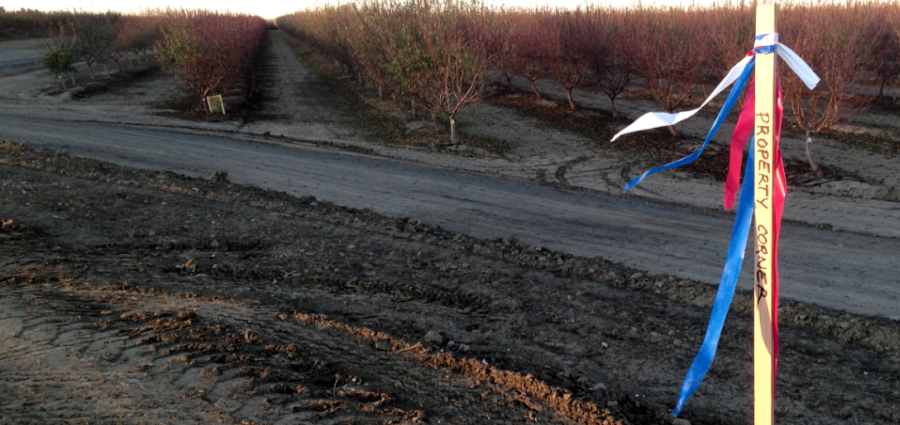
If you are unsure if there are easements on your property, the professionals at Bedrock will do the necessary research and surveying to determine if and where any easements, dedications, or encroachments occur.
In an easement, designated people are granted the right to specific types of access on another’s property. An easement gives one person the right to use the property of another; it is the use of one party’s lands for the benefit of adjoining lands. Easements can be granted to another person, such as a neighbor, or to an entity, such as an electric and gas utility. Easements can be related to such features as water supply systems, sanitary sewer systems, storm water management, “dry” utilities, roads, fire access, trails and native growth protection areas. Dedications typically relate to land that will be used for public roads.
A property easement is generally written and recorded with the local Recorder’s office. The documented easement will show up when a title search is conducted and it stays there indefinitely, unless both parties agree to remove it.
A Right of Way refers to the right one party has over another party’s land; a right of way allows an individual to enter your property and use it as a passage. A right-of-way is typically a strip of land that is granted, through an easement or other mechanism, for transportation purposes, such as for a driveway, trail, rail line, or highway.
In an easement, designated people are granted the right to specific types of access on another’s property. An easement gives one person the right to use the property of another; it is the use of one party’s lands for the benefit of adjoining lands. Easements can be granted to another person, such as a neighbor, or to an entity, such as an electric and gas utility. Easements can be related to such features as water supply systems, sanitary sewer systems, storm water management, “dry” utilities, roads, fire access, trails and native growth protection areas. Dedications typically relate to land that will be used for public roads.
A property easement is generally written and recorded with the local Recorder’s office. The documented easement will show up when a title search is conducted and it stays there indefinitely, unless both parties agree to remove it.
A Right of Way refers to the right one party has over another party’s land; a right of way allows an individual to enter your property and use it as a passage. A right-of-way is typically a strip of land that is granted, through an easement or other mechanism, for transportation purposes, such as for a driveway, trail, rail line, or highway.
